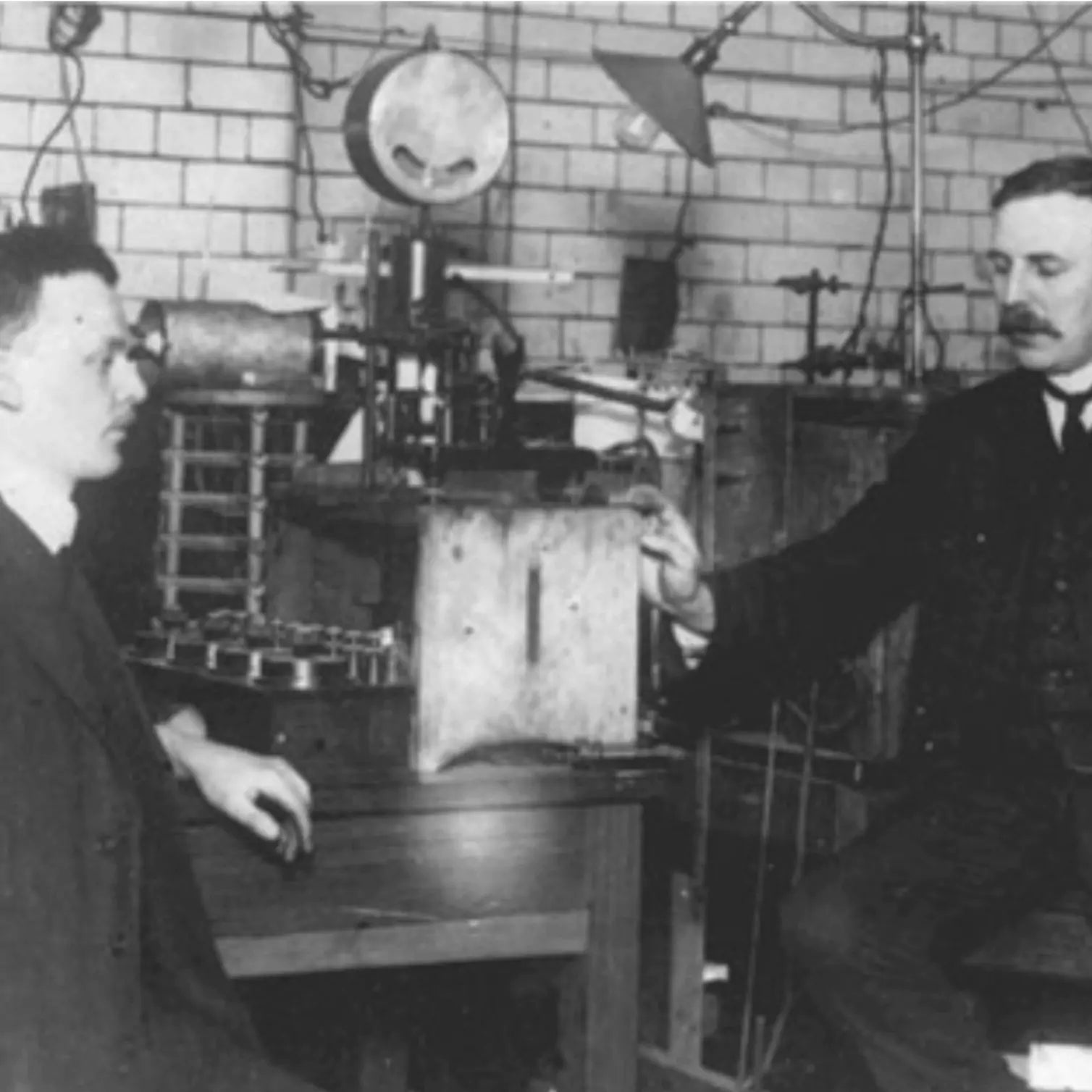Foodborne illness is still a major health issue resulting from eating food containing harmful bacteria. Every year, millions of people everywhere undergo diseases, which may vary from slight pain to severe and dangerous sicknesses brought about by infected products. This highlights the significance of enforcing tough security precautions at all stages of production, handling, and preparation to safeguard the health of the public.
Protecting Against Bacteria in Food
Every year, millions of illnesses are caused by foodborne bacteria across the world, leaving people with serious well-being problems. Safety measures in the whole product supply chain can only be appropriately implemented if we know what dangers should be attributed to these microorganisms.
Foodborne bacteria and their potential health risks
Many people suffer from food-borne diseases annually, as it is always a global health issue. Such illnesses are brought about by toxic substances, which can result in various problems, including but not limited to stomach infections and fatality. Usually, most sufferers undergo puking, sickness, bellyaches, or loose stools, which sometimes could become critical, leading to organ failure and thirstiness.
Examples of common foodborne bacteria
Several types of bacteria are frequently implicated in foodborne outbreaks:
- Salmonella. Salmonella is a cause of diarrhea, fever, and stomachaches. It is usually found in uncooked vegetables, eggs, and poultry.
- These goods include deli meat, raw milk cheese, and smoked fish, where Listeria monocytogenes typically grow. Infection with this organism may result in listeriosis, characterized by signs like fever, muscle ache, and gastrointestinal signs; it can be more severe among pregnant women or immunocompromised individuals.
- Campylobacter. Campylobacter infection normally comes through eating uncooked and partially cooked poultry meat, breastfeeding babies using unpasteurized milk, and drinking contaminated water. This disease is one of the main causes of diarrhea worldwide, and its signs include abdominal cramps as well as bloody diarrhea, among others.

By observing strict hygiene practices throughout product handling environments, ensuring proper cooking and storage temperature, and maintaining cleanliness in such places, individuals and product service establishments can greatly reduce illnesses, enhancing public health and the security of worldwide gastrointestinal infections.
Primary Sources of Foodborne Bacteria
The product chain of distribution contains several kinds of impurities. They are undercooked meats, unpasteurized dairy products, contaminated fruits and vegetables, and improperly prepared or handled foods. If hygiene and security measures are not taken seriously, then these contaminants can spread and cause product poisoning.
Examples of notable outbreaks of food
Outbreaks from Salmonella-contaminated raw poultry products have confirmed that the right cooking and secure service techniques are crucial for preventing illness transmission through food.
It is significant to note that the food safety definition must be rigorous, starting from the first stage of growth through processing and preparation. Recognition and elimination of chances can enable shareholders to succeed in decreasing rates of diseases and securing public security.
2-Hour Rule Food Security
The 2-hour rule for food safety is a critical element that highlights the significance of promptly placing perishable products into refrigeration to prevent substance growth. To keep meat, birds, sea creatures, fish, milk products, and cooked products fresh, store them at room temperature for a maximum of two hours. In doing so, the state of food is maintained, and chances of poisoning are reduced due to restrictions on the growth of bacteria.

4 Rules of Food Safety
The main tenets determining the prevention of food-borne diseases are tidiness, isolation, heat, and cold presence. Clean hands, utensils, and areas minimize substance transmission. Ranging from goods intended for human use in their raw form to uncooked meats help reduce the spread of substances in them. To achieve this, one must cook products up to suggested temperature limits to kill such germs. Quick refrigeration of perishable goods within two hours after they have been cooked or bought could slow down the multiplication of substances associated with product security and the maintenance of its quality after these food safety golden rules promote healthier eating habits and minimize the risk of illness.

Key Safety Measures to Avoid Infection
How to avoid food contamination? Several crucial food safety rules and regulations must be followed throughout product handling and preparation to prevent contamination. These measures include:
- Cross-contamination can be avoided effectively by always washing our hands with soap and water before handling commodities, after using the lavatory, and during the exchange of different foods.
- Perishable products require a low temperature to avoid food spoilage. This restricts the growth of bacteria. Refrigerators should be fitted with sealed containers to prevent the transfer of bacteria.
- When storing and preparing products, separate raw meats from cooked meals. Keep separate cutting boards, utensils, and plates for raw and cooked food.
- A significant part of proper product handling is putting leftovers into the refrigerator or freezer immediately after they are cooked within two hours, which inhibits bacterial growth. Furthermore, perishable formats must not be left at room temperature for long periods.
Keeping perishable products at temperatures that discourage bacterial multiplication ensures product security. Refrigerators must be used with sealed containers to hinder cross-contamination.
Conclusion
Milerd Detoxer can help you detoxify your product beyond what any other similar equipment is capable of. Here, with over 96% effectiveness, harmful toxins such as pesticides, heavy metals, molds, and others are removed from your diet.

Cleansing the body of these kinds of substances through a food cleaner machine makes your diet much cleaner and even healthier in general. This means that you no longer have to worry about product poisoning because the food we cook is delicious and safe for consumption. Take it now and experience how healthy eating alone will change your life.



Commenta
Questo sito è protetto da hCaptcha e applica le Norme sulla privacy e i Termini di servizio di hCaptcha.